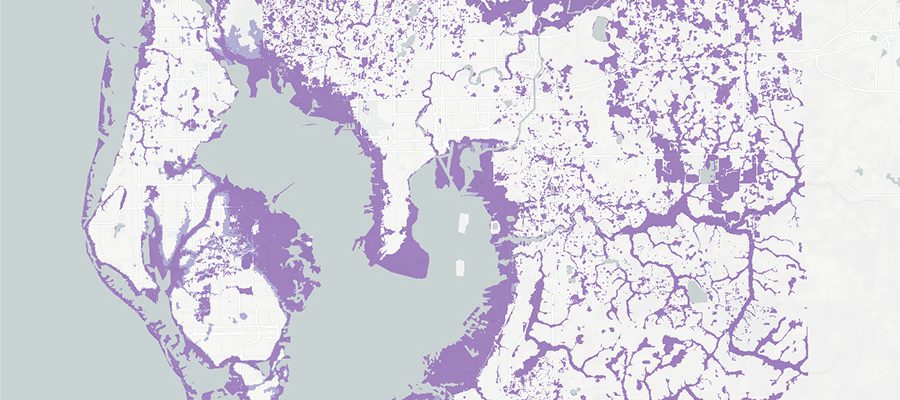-

Social media being what it is, and humans being what they are after a big storm event, Facebook and the Twitterverse are starting to buzz with dire predictions about Major Hurricane Irma, which is a new tropical system way out in the eastern Atlantic Ocean. Some of the very long-range forecasts put the storm over…
-

The latest outlooks for September and for fall and winter from the Climate Prediction Center are out and show that September is expected to be cooler than normal in inland areas of the Southeast, especially in the first half of the month. It should be warmer than normal in the Florida peninsula with equal chances…
Posted in: Climate outlooks -

Hurricane Harvey dropped tremendous amounts of rain over Texas and parts of Louisiana. It’s estimated that values exceeded a 500 year storm in many locations. A 500-year storm is one that has a 1 in 500 chance of occurrence in any given year. The Washington Post has an interesting graphical story on what a 500-year…
-

The latest Drought Monitor, released this morning, shows that areas of abnormally dry conditions have developed in parts of Georgia and South Carolina this week. We’ve certainly been dry (until yesterday) in northern Georgia as well. But the rains from the remains of Harvey may reduce or eliminate some of those dry patches this week.
Posted in: Drought -

Even though the tragedy of Hurricane Harvey is still ongoing and heartbreaking, I did want to share some stories about the impacts of Harvey so far that I have seen in the media. This is not by any means a complete list but just a sampling of the effects the storm has had on farmers.…
-

People around the Southeast marked the solar eclipse of August 21 in a number of ways. In Athens I joined a group of almost 30,000 students, staff, faculty and friends in Sanford Stadium to watch the skies get dark at 99.15% totality. In North Carolina, the State Climate Office folks watched the skies and took…
-

While many eyes are focused on Texas as the flooding from Hurricane Harvey continues, it is important to realize that other places also experience extreme flood events. Even now there have been tremendous rains in parts of Florida with the tropical Investigation 92L, which has moved off to sea, and in the past we have…